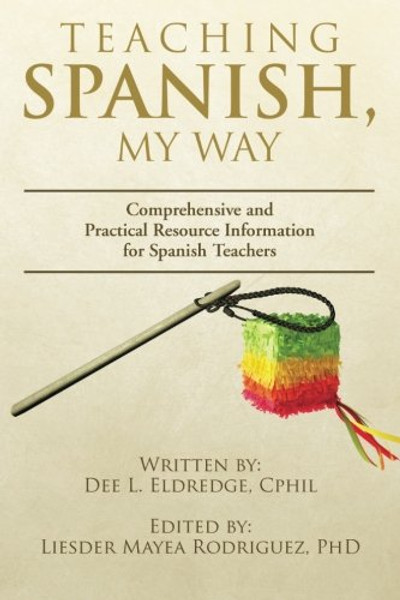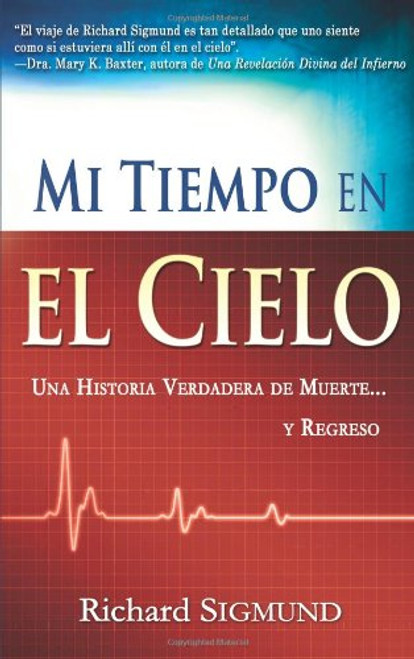Product Overview
Professor Dee L. Eldredge's Teaching Spanish, My Way is a treasure trove of information and a resource manual of over 370 pages to aid Spanish teachers / professors in their efforts to help students learn Spanish. It contains the authors philosophy of teaching; suggestions for course and class preparation; principles of teaching that he follows; general linguistic, syntax, lexical, phonetic, and morphological explanations; Spanish language rules; Spanish historical, cultural, and geographical information; handouts that have been used a lot by the professor; and cards that have been utilized with great success to teach Spanish, especially at the beginning of classes. Would you like to read information about how to take charge of a class and more about the responsibilities of a teacher? Chapter 1 of the book gives the reader the authors philosophy of teaching and much information on his perspectives relating to a teachers responsibilities. Topics such as being in charge of the class, being prepared for everything, grading practices, using time efficiently during class, presenting grammar, implementing oral drills, students speaking as much Spanish as possible during the class and before / after class with the teacher, being courteous, and others will help you be a better teacher / professor. Would you like to be better organized and run your classes more smoothly? Chapter 2 details many subjects important to course organization, class preparation, and class instruction. As part of course organization, syllabuses, schedule of classes, handouts, marking up textbooks, folders, copies, tests, and examining classrooms are discussed. Appertaining to class preparation, planning of the activities for the next class, grading, recording and placing papers in folders, handouts, and tests are explained. Concerning class instruction and activities, the following topics are presented: directing a class, starting a class, reviewing homework, asking questions, presenting new grammar, practicing new grammar, presenting new homework, reading, using handouts, giving tests/exams, grading and reviewing tests, and ending class. Would you like to have some excellent rules that would help you teach your classes more suitably? Chapter 3 lists the many rules that the author follows in teaching his classes. Some deal with the interaction with students, others with the organization of the classroom, others with the preparation of classes, and others with the way he organizes everything. Would you like to have explanations of grammar and linguistics that very much help you teach more competently? Chapter 4, which is by far the longest, gives explanations of many items in linguistics that can greatly aid Spanish teachers---such as synthetic and analytic languages; declensions; syntactical notation; thematic relations and relators; complementation; arguments; vocalic and consonantal languages; adverbials; markers; a sentence; moods; voices; raising; pro-forms; noun phrases; cases with pronouns; pronouns after prepositions; clitics; lesmo, lasmo, and losmo; relative pronouns; clitic doubling; determiners; homonyms; verb phrases; verbal complementation; verbal particles; verbal aspect; verb forms; the English dummy it; usage comparison of auxiliary verbs in English and Spanish; prepositional phrases; prepositional complementation; modifiers; position of modifier adjectives; conjunctions; multiple meanings of English and Spanish verbs and other words; affirmative and negative words; question words; false cognates; Spanish and English verb problems; the silent h and u; juncture; phonemes; diphthongs; phonetic stress; vowels and consonants; representatives of sounds; spelling problems; cognates; and usage of linguistics in the classroom. This chapter aids the teacher to deliver the whys and wherefores to many grammatical problemsas for example, why the h became silent in Spanish, where the name California came from, and why the Spanish chose habla






